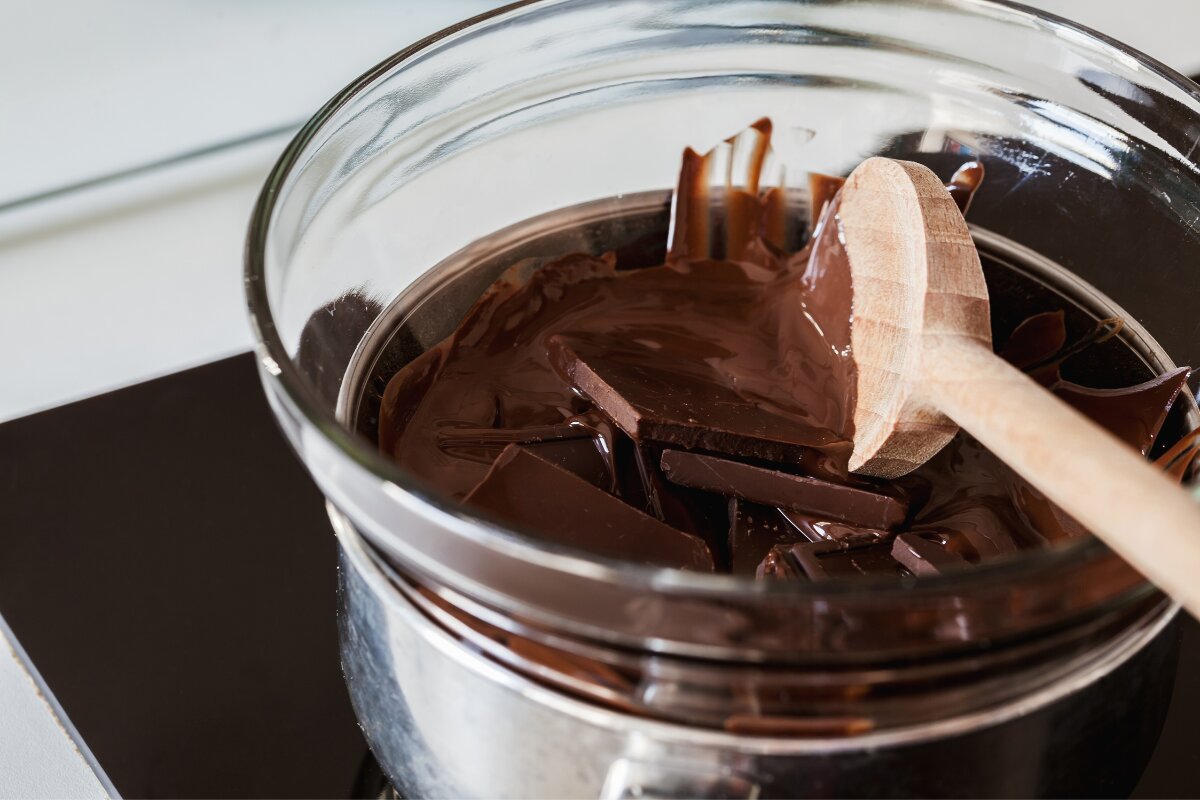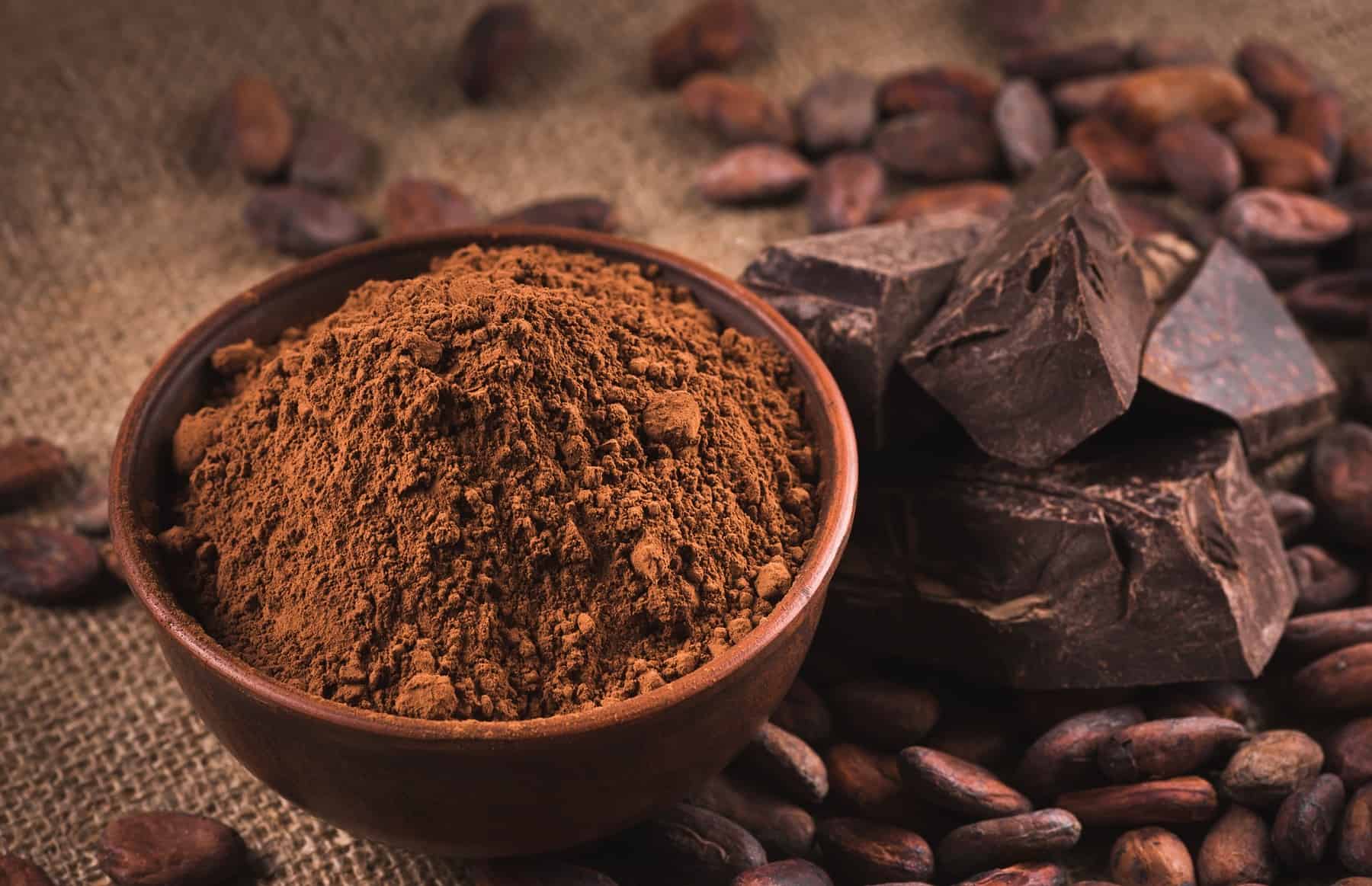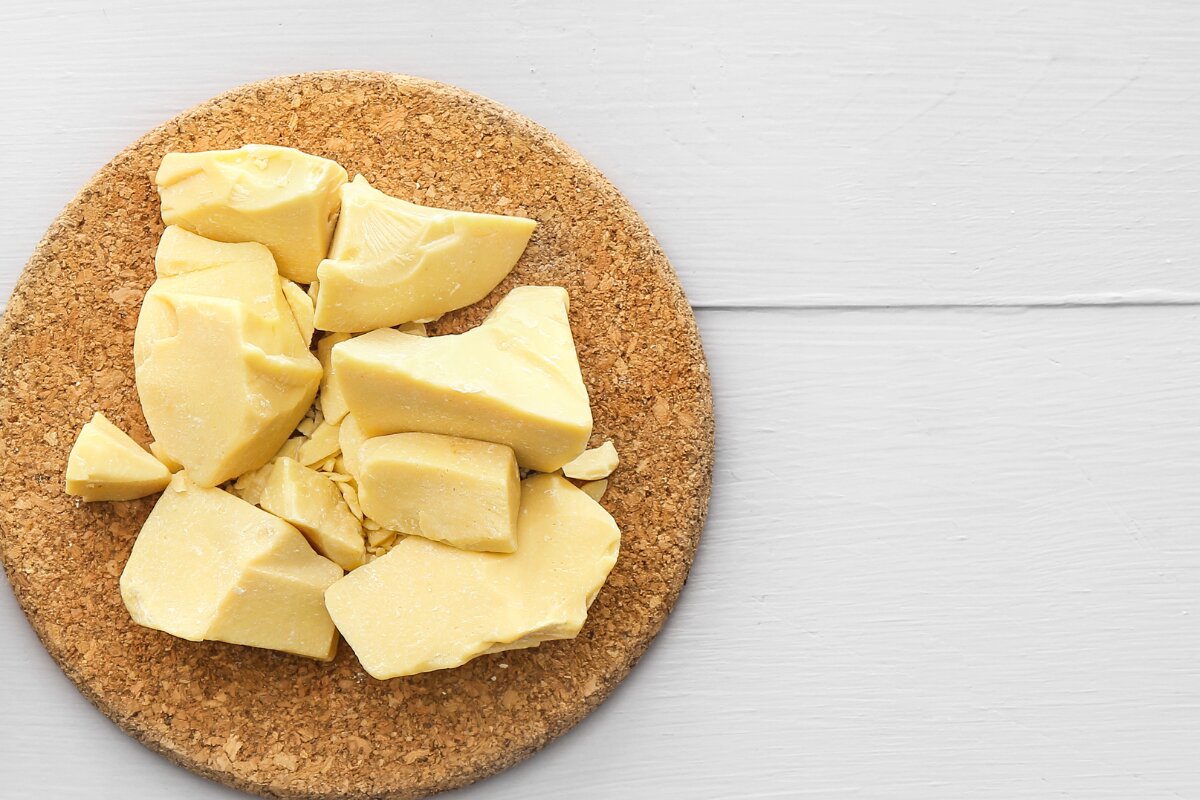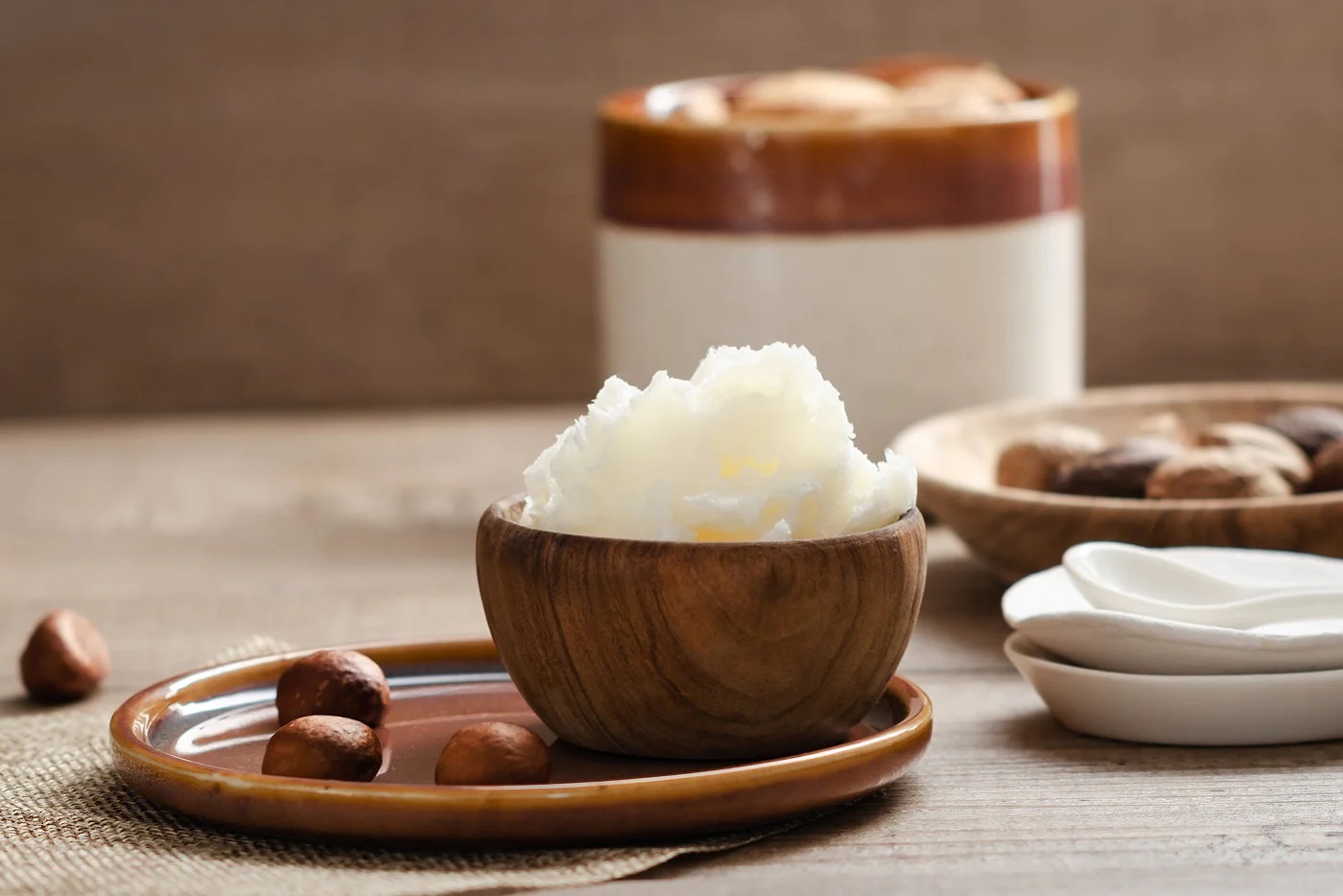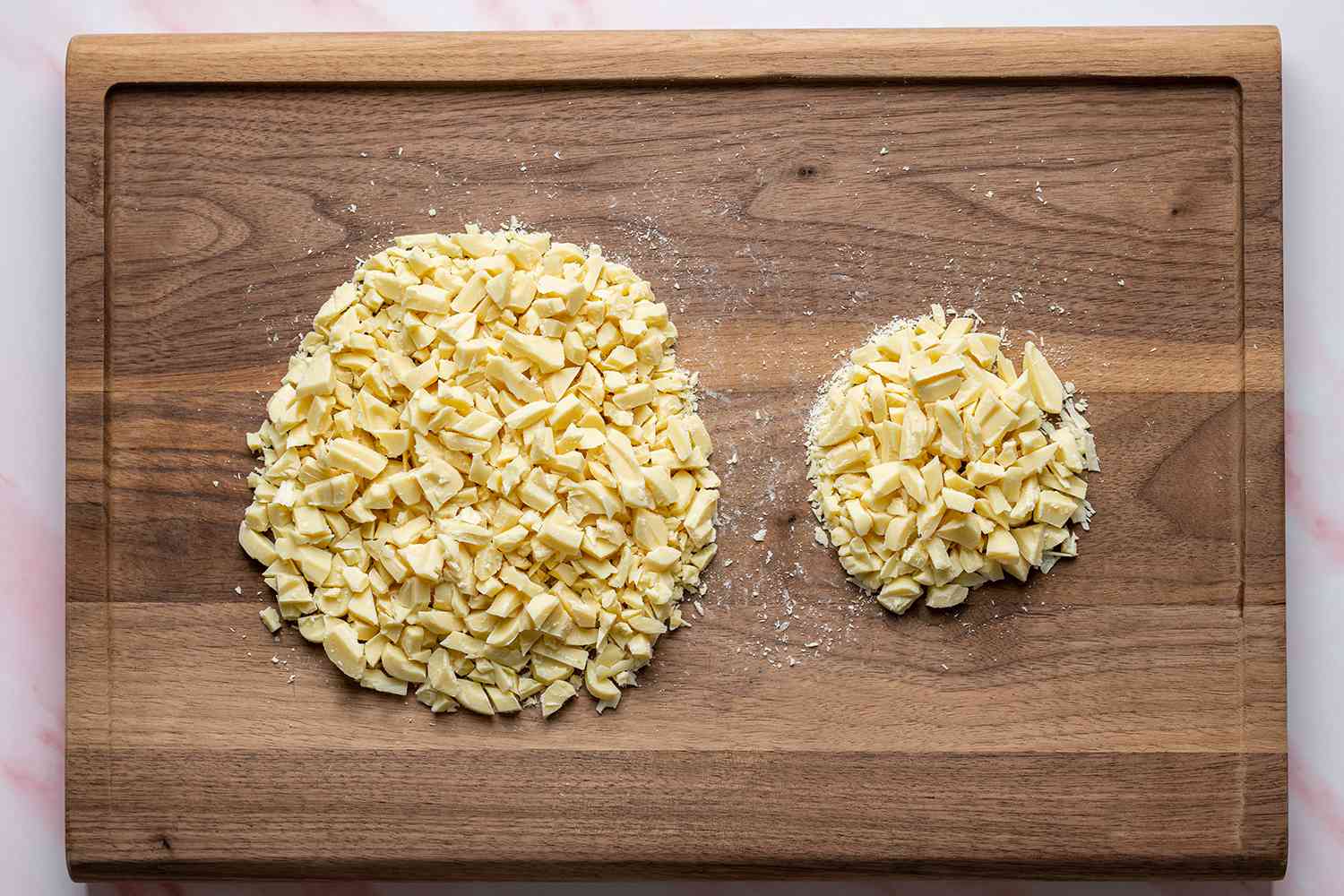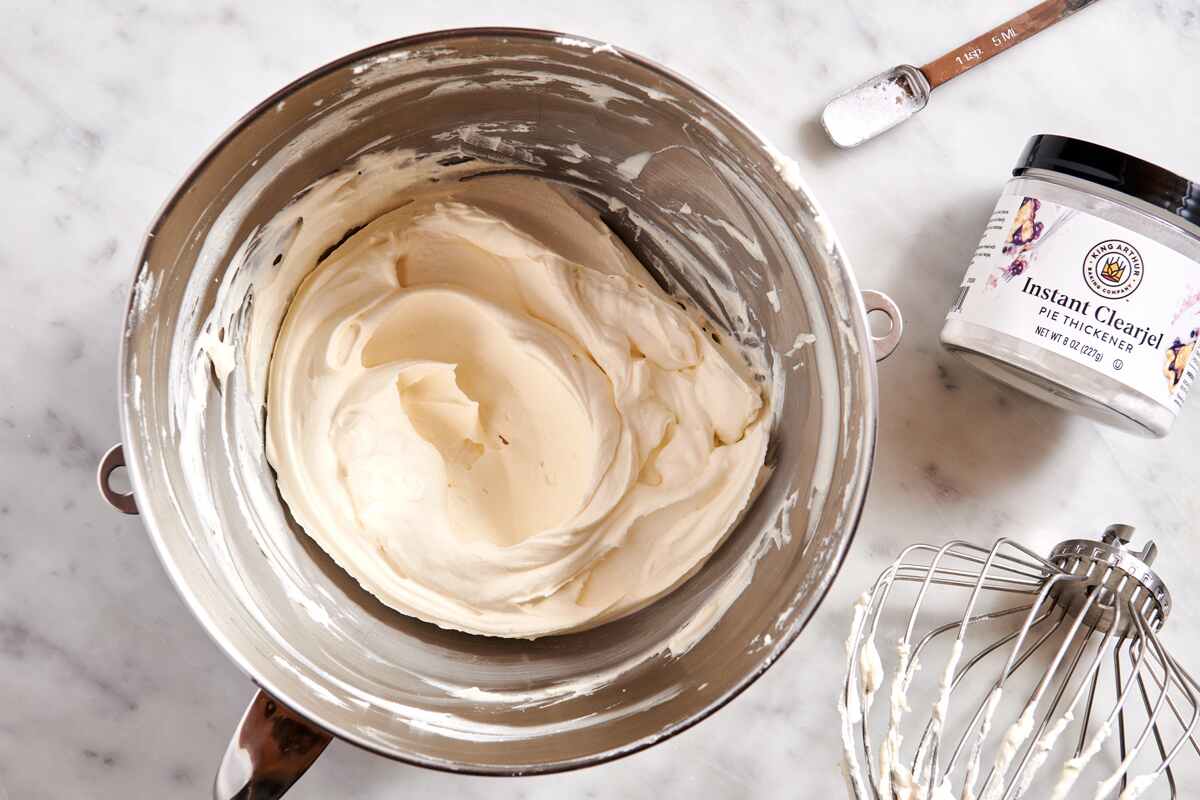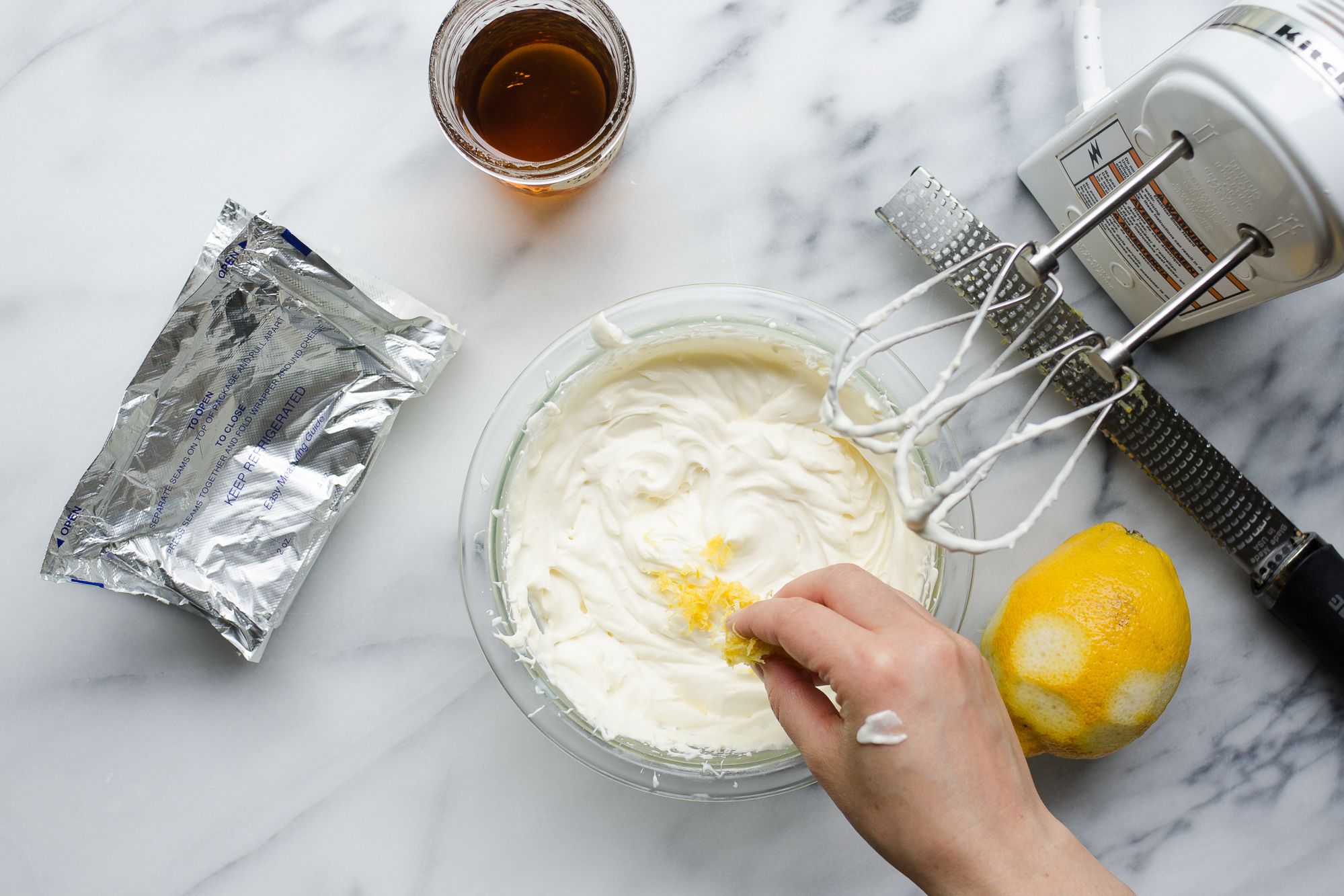Tempering Chocolate with Coconut Oil: A Delicious and Simple Guide
Chocolate is a beloved treat enjoyed by people all over the world. Whether you’re a fan of dark, milk, or white chocolate, there’s no denying the joy that comes from indulging in a piece of perfectly tempered chocolate. While traditional tempering methods involve precise temperature control and a fair amount of patience, there’s a simpler way to achieve beautifully tempered chocolate using coconut oil.
Tempering chocolate with coconut oil offers a convenient alternative to the traditional tempering process. Not only does it result in a glossy finish and satisfying snap, but it also adds a subtle hint of coconut flavor to the chocolate, taking it to a whole new level of deliciousness.
Why Use Coconut Oil for Tempering Chocolate?
Coconut oil is a versatile and popular ingredient known for its myriad of culinary uses. When it comes to tempering chocolate, coconut oil offers several benefits:
- It has a low melting point, making it easier to work with than traditional tempering methods.
- It adds a hint of tropical flavor to the chocolate, enhancing its taste and aroma.
- Coconut oil is a healthier alternative to other fats commonly used in chocolate tempering.
Step-by-Step Guide to Tempering Chocolate with Coconut Oil
Now that you understand the benefits of using coconut oil for tempering chocolate, let’s dive into the step-by-step process:
- Start by melting your chocolate in a heatproof bowl set over a pot of simmering water. Make sure the bowl doesn’t touch the water to avoid burning the chocolate.
- Once the chocolate is melted, add coconut oil to it. The ratio of chocolate to coconut oil is typically 2:1, but you can adjust it based on your preference.
- Stir the chocolate and coconut oil mixture gently until the coconut oil is fully incorporated and the chocolate is smooth and glossy.
- Remove the bowl from the heat and allow the chocolate to cool slightly. It should still be fluid but not too hot to touch.
- Now, it’s time to temper the chocolate. To do this, you can use a method called “seeding,” where you add small pieces of unmelted chocolate to the mixture and stir until they are completely melted. This helps in achieving the desired crystalline structure in the chocolate.
- Once the chocolate reaches the ideal temperature and consistency, it’s ready to be used for dipping, coating, or molding into your favorite confections.
Tips for Perfectly Tempered Chocolate with Coconut Oil
While tempering chocolate with coconut oil is relatively straightforward, there are a few tips to keep in mind to ensure the best results:
- Use high-quality chocolate for the best flavor and texture.
- Be patient and attentive during the tempering process, as temperature control is crucial for achieving the perfect consistency.
- Store your tempered chocolate in a cool, dry place to prevent it from melting or losing its shine.
- Experiment with different types of chocolate and coconut oil ratios to find your preferred flavor profile.
Enjoy Your Homemade Tempered Chocolate Treats
With this simple guide, you can now enjoy the satisfaction of perfectly tempered chocolate with the delightful addition of coconut oil. Whether you’re making homemade truffles, chocolate-dipped fruits, or indulgent confections, the versatility of tempered chocolate with coconut oil opens up a world of delicious possibilities. So, roll up your sleeves, get creative in the kitchen, and savor the sweet rewards of your homemade chocolate creations.
More Delicious Recipes Featuring Tempered Chocolate
Once you've mastered the technique of tempering chocolate with coconut oil, a delightful array of recipes awaits your culinary prowess. For those eager to test their skills, the Coconut Oil Tempered Chocolate-Dipped Strawberries offer a classic and irresistible start. For a more adventurous twist, the Tropical Coconut Chocolate Bark and Mint Chocolate Coconut Bonbons are recommended for their exotic and refreshing flavors. Each recipe allows you to apply the tempering method in varied and exciting ways, enhancing both the texture and taste of your desserts.
